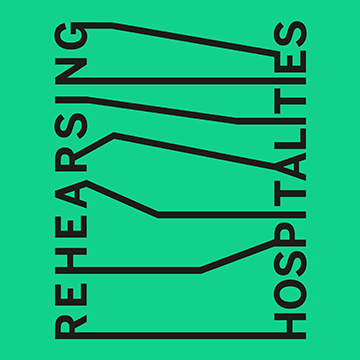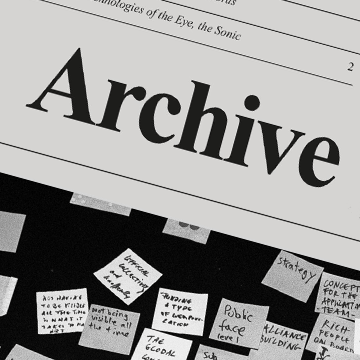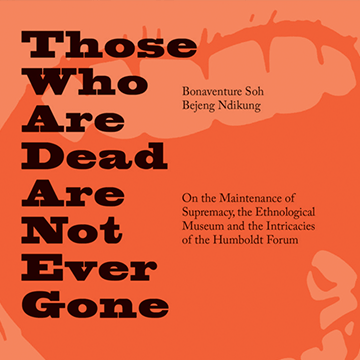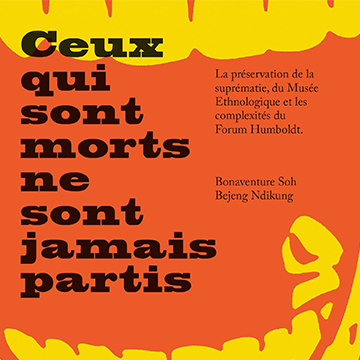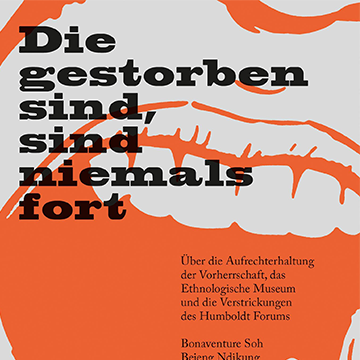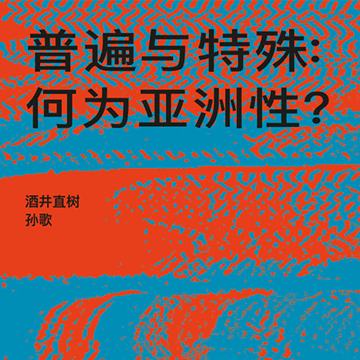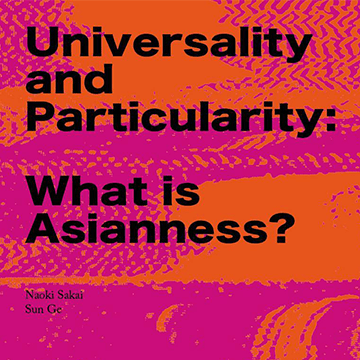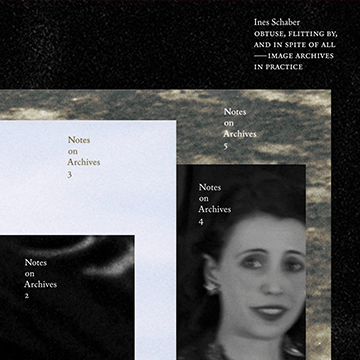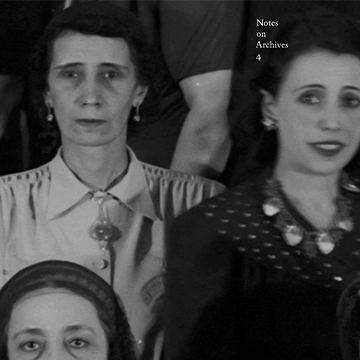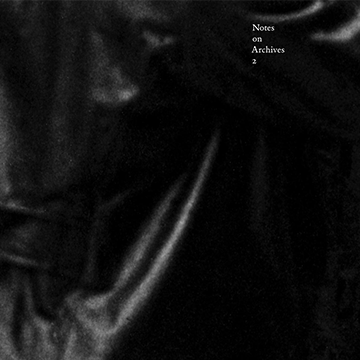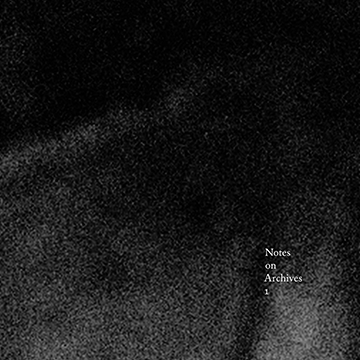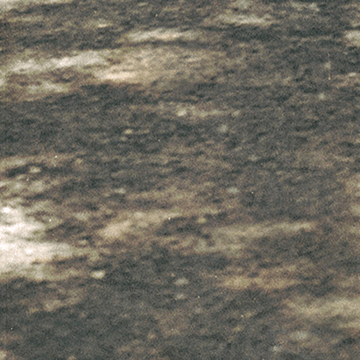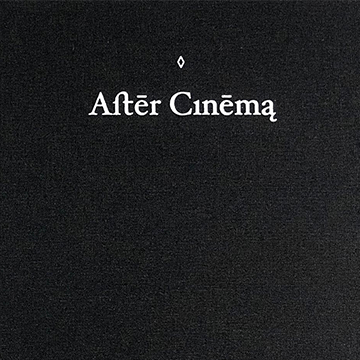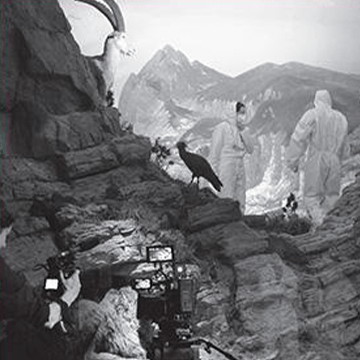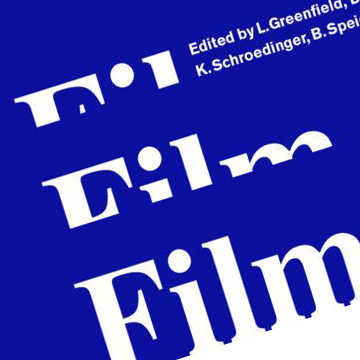Upon what kind of power structures of knowledge and knowing are contemporary art and artistic institutions dependent? Do practitioners in the art field reproduce oppressive Western epistemic paradigms through artistic practices and institutional structures, and if so, is there space for emancipatory ways of knowing? What are the ways that intersectional subjectivities open up new epistemic processes within the artistic field? These are among the questions and considerations that provide a critical lens for the 2019 Rehearsing Hospitalities programme.
Category: Titles
Archive Journal n°8
This issue of the journal resulted from the AntiColonial Records seminar that took place from the 24 to the 26 of October 2018 at Archive Kabinett in Berlin. This format of edited excerpts from transcribed conversations between the three groups of participants is a means to
document the multi-voiced gathering and to map various positions and urges informed by anticolonial methods and practices.
Those Who Are Dead Are Not Ever Gone
The institution of the ethnological museum seems to be in the midst of a serious crisis of choking. The delicacies that most of these museums have acquired, which is to say co-opted, which is to say ingested, seem to have collectively missed the track to the oesophagus and got stuck in the respiratory tract. They have been stuck there for as long as the history of mass collections, acquisitions and looting, for as long as the ruthless and ongoing extraction of cultural property in the former colonies outside of Europe. A twelve-act essay on the maintenance of supremacy, the ethnological Museum and the intricacies of the Humboldt Forum.
Ceux qui sont morts ne sont jamais partis
L’institution du musée ethnologique semble traverser une véritable crise d’étouffement. Les mets délicats acquis, ou plutôt cooptées, pour ainsi dire ingérées par la majorité de ces musées, semblent avoir été dépistés de la route vers l’œsophage et s’être coincés dans les voies respiratoires. Toutes ces choses y sont coincées depuis l’acquisition, le pillage, de ces objets. En somme, depuis l’impitoyable déracinement des biens culturels qui perdure jusqu’à nos jours dans les anciennes colonies hors d’Europe. Un essai en 12 actes sur la préservation de la suprématie, le Musée Ethnologiques et les complexités du Forum Humboldt.
Die gestorben sind, sind niemals fort
Die Institution des Ethnologischen Museums scheint sich in einer ernsten Krise des Erstickens zu befinden. Die Delikatessen, welche die meisten solcher Museen meist unter zweifelhaften Bedingungen erwarben, mit anderen Worten genossen und verschluckt haben, scheinen kollektiv den Weg in den Oseophagus verpasst zu haben und blieben stattdessen im Atmungsapparat stecken. Sie hängen dort schon so lange fest, wie die Geschichte von Massensammlungen, Erwerbungen, Plünderungen; so lange wie der rücksichtslose und fortwährende Abbau von Kulturgut in den ehemaligen Kolonien außerhalb Europas bereits andauert.
普遍与特殊:何为亚洲性?
《普遍与特殊:何为亚洲性?》这本小书的出版并非一桩小事。一方面,这本出版物包含了酒井直树教授与孙歌教授近期思想实践的一个小切片。他们共同阐述了亚洲的概念在研究我们的区域历史时可以提供的先验性视角,以及重新审视被广泛接受的普遍性与特殊性的关系中遗漏的一些问题。
Universality and Particularity: What is Asianness?
The publication of this book, Universality and Particularity: What is Asianness?, is not a trivial matter. It contains a small segment from the recent thinking of professor Naoki Sakai and professor Sun Ge. Together they elaborate on the transcendental perspectives that the notion of Asia could provide in terms of entering regional histories, and of re-examining the issues left out in the assumed relationship between universality and particularity.
Notes on Archives 1–5
Notes on Archives is a series of publications by artist Ines Schaber about archives and the practices we conduct in relation to them. Produced over the course of more than ten years, the publications feature a series of case studies, research, concrete projects, and reflections on the questions and problems that image archives pose today. The aim of the work is not to find or create another institutional archive per se, but to develop a practice in which the set of problems that archives produce is in fact part of the process one engages in.
Notes on Archives 4
In 2008, an exhibition opened at the Umm el-Fahem Art Gallery, Israel, that focused on the launching of a new on photographic archive: “Memories of a Place: The Photo-Archives graphic History of Wadi ‘Ara, 1903–2008.” Notably, the archive used a series of historical images from existing archives, often giving them different captions that retrieve lost histories in the area. This archive exemplifies the possibilities that can result from the critique of institutional image archives: that rethinking archival arrangements can bring to light legible traces of suppressed histories.
Notes on Archives 2
Culture Is Our Business considers the case of Willy Römer, who in 1919 took a photograph of the street battles in the media district of Berlin during the German Revolution. Circulating widely throughout the twentieth century, Römer’s photograph in 2004 came to be owned simultaneously by a number of archives. Among them were the commercial stock-image agency Corbis, founded by Bill Gates, and the Agentur für Bilder zur Zeitgeschichte (Agency for images on contemporary history), an independent organization established by photo historian Diethart Kerbs.
Notes on Archives 1
Obtuse, Flitting By, and in Spite of All—Image Archives in practice starts with the assumption that an archive today is not only a place of storage but also a place of production, where our relation to the past is materialized and where our present writes itself into the future. This book explores the difficulties for documentary and artistic practice in and with the archive, and revolves around four key questions: What is the relation between an image and language? What is an author or an owner of an image? What is missing in the archive? And what is an active archive?
Notes on Archives 3
In digital data banks, images travel more frequently from one archive to another than they did in analog archives. Sometimes images that are in the public domain are taken by commercial stock-image agencies and offered for sale. This is the case for a series of images of breaker boys in Pennsylvania that Lewis Hine made in the 1910s as part of his series on child labor. The images are both digitally available for free from the Library of Congress in Washington, D.C., and for a fee from Corbis, Bill Gates’s stock-image company, which offered them for sale until it ceased operations in 2016.
Notes on Archives 5
Unnamed Series features a succession of artworks provoked by photographs that art historian Aby Warburg had taken as part of his travels to the Hopi Indians in 1898. Warburg noted that the images should never be published, but in the 1990s, the Warburg Institute in London made the images available as part of a glossy hardcover book. The book circulates around a series of aspects that this famous encounter evokes.
Azin Feizabadi. After Cinema
This book marks the ten-year anniversary of the project A Collective Memory by Azin Feizabadi. The project encompasses five narrative-driven films, alongside other artworks. Each film has its own urgency, approach, and point of departure. The films naturally vary in their subjects, they touch upon stories of migration, uprising, transformation, revolution, renewal, collapse, defeat, depression, and desire that connect the life of the artist with those around him.
Assaf Gruber. The Storyseller
Assaf Gruber’s films examine how art affects individuals who are not necessarily drawn to it. What may seem to be at the margins of culture sometimes turns out to be its most conspicuous parts. The films’ plots emerge from the situations of their characters, addressing the ways in which personal stories become intertwined with political ideologies, and how social relations between private and public spheres are shaped.
Film in the Present Tense
This book brings together contributions from participants and guests of Film in the Present Tense – International Symposium on Current Developments in Analog Film Culture, held in Berlin. It reflects a contemporary discussion around the use, value and purpose of analogue film from a multiplicity of perspectives: artists, filmmakers, scholars, archivists, curators, technicians and manufacturers. Film in the Present Tense intends to provide a documentation of the collective momentum that characterized the symposium and it responds to the persistent desire to keep talking about analogue film.
